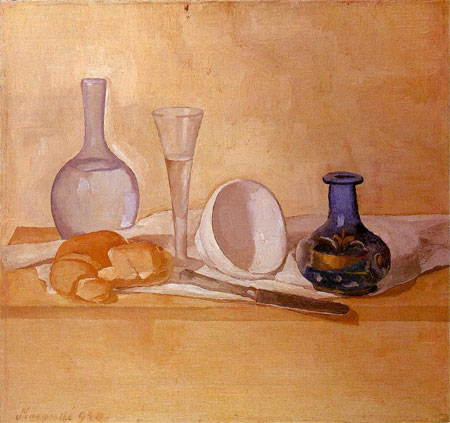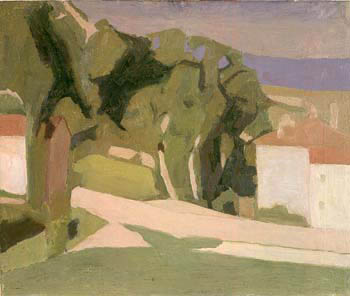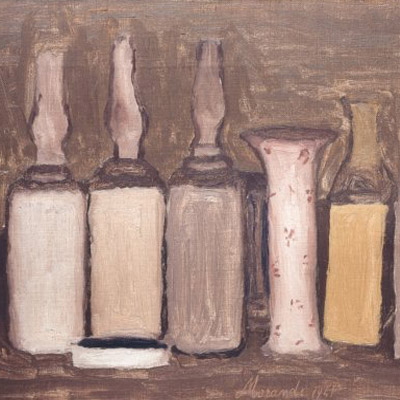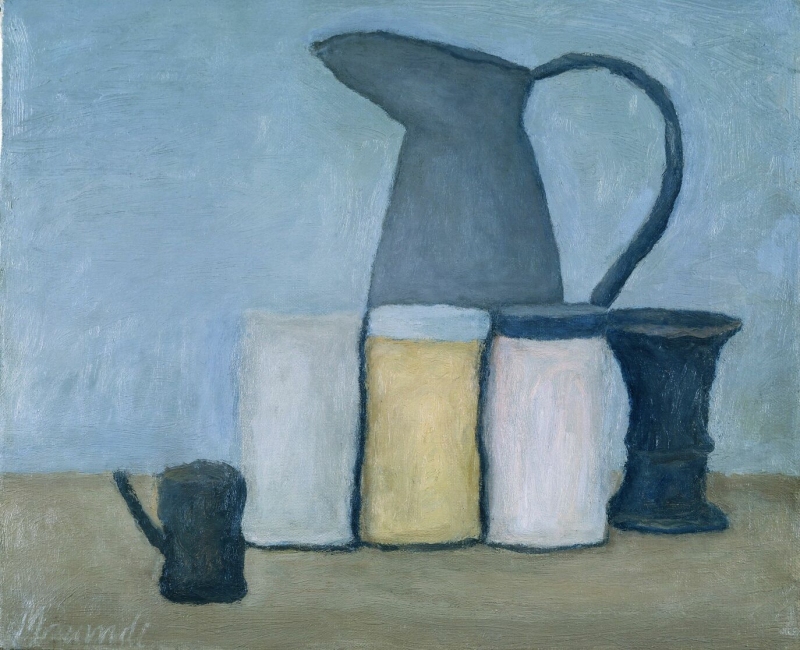Giorgio Morandi (1890 – 1964)
Get a Morandi Certificate of Authenticity for your painting (COA) for your Morandi drawing.
For all your Morandi artworks you need a Certificate of Authenticity (COA) in order to sell, to insure or to donate for a tax deduction.
Getting a Morandi Certificate of Authenticity (COA) is easy. Just send us photos and dimensions and tell us what you know about the origin or history of your Morandi painting or drawing.
If you want to sell your Morandi painting or drawing use our selling services. We offer Morandi selling help, selling advice, private treaty sales and full brokerage.
We have been authenticating Morandi and issuing certificates of authenticity since 2002. We are recognized Morandi experts and Morandi certified appraisers. We issue COAs and appraisals for all Morandi artworks.
Our Morandi paintings and drawings authentications are accepted and respected worldwide.
Each COA is backed by in-depth research and analysis authentication reports.
The Morandi certificates of authenticity we issue are based on solid, reliable and fully referenced art investigations, authentication research, analytical work and forensic studies.
We are available to examine your Morandi painting or drawing anywhere in the world.
You will generally receive your certificates of authenticity and authentication report within two weeks. Some complicated cases with difficult to research Morandi paintings or drawings take longer.
Our clients include Morandi collectors, investors, tax authorities, insurance adjusters, appraisers, valuers, auctioneers, Federal agencies and many law firms.
We perform Giorgio Morandi art authentication, appraisal, certificates of authenticity (COA), analysis, research, scientific tests, full art authentications. We will help you sell your Giorgio Morandi or we will sell it for you.

Giorgio Morandi was an Italian painter who specialized in still life. Morandi was born in Bologna in 1890. In 1907 he went to study at the Accademia di Belle Arti. The works of his formative years show him experimenting with an idiom related to Cézanne and to Cubism, with a brief digression into a Futurist style in 1914. In that same year, Morandi was appointed instructor of drawing for elementary schools in Bologna — a post he held until 1929. Today, there is a museum dedicated to the display of Morandi’s work, including a reconstruction of his studio, in Bologna.

In 1915, he joined the army but suffered a breakdown and was indefinitely discharged. During the war, Morandi’s still lifes became more reduced in their compositional elements and purer in form, revealing his admiration for both Cézanne and the Douanier Rousseau.

A Metaphysical painting (Pittura Metafisica) phase in Morandi’s work lasted from 1918 to 1922. This was to be his last major stylistic shift; thereafter, he focused increasingly on subtle gradations of hue, tone, and objects arranged in a unifying atmospheric haze, establishing the direction his art was to take for the rest of his life. Morandi showed in the Novecento italiano exhibitions of 1926 and 1929, but was more specifically associated with the regionalist Strapaese group by the end of the decade, a fascist-influenced group emphasizing local cultural traditions. From 1930 to 1956, Morandi was a professor of etching at Accademia di Belle Arti. The 1948 Venice Biennale awarded him first prize for painting, he visited Paris for the first time in 1956, and in 1957 he won the grand prize in São Paulo’s Biennale.

Throughout his career, Morandi concentrated almost exclusively on still lives and landscapes, except for a few self-portraits. With great sensitivity to tone, color, and compositional balance, he would depict the same familiar bottles and vases again and again in paintings notable for their simplicity of execution. Morandi executed 133 etchings, a significant body of work in its own right, and his drawings and watercolors often approach abstraction in their economy of means.

Morandi was one of the most impressive Italian painters of his day. Federico Fellini paid tribute to him in his film La Dolce Vita, which featured Morandi’s paintings. Morandi was additionally perceived as one of the few Italian artists of his generation to have escaped the taint of Fascism, and to have evolved a style of pure pictorial values congenial to modernist abstraction. Through his simple and repetitive motifs and economical use of color, value and surface, Morandi became a prescient and important forerunner of Minimalism. He died in Bologna in 1964.

Still wondering about an Italian painting in your family collection? Contact us…it could be by Giorgio Morandi.
Reviews
1,217 global ratings
5 Star
4 Star
3 Star
2 Star
1 Star
Your evaluation is very important to us. Thank you.
